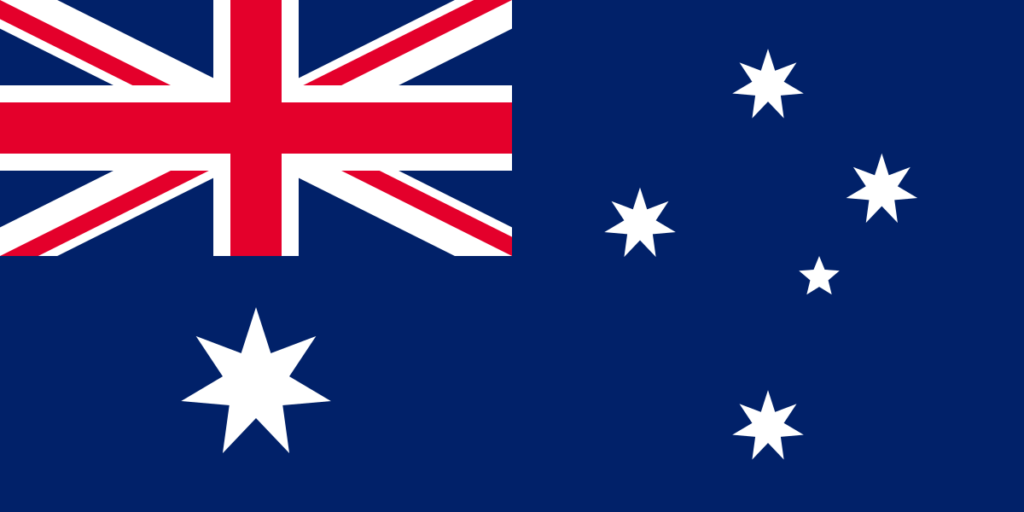How Many Weeks In A School Year: Top 5 Countries Data

Education systems vary significantly across the world, with each country setting its own school calendar based on cultural, economic, and educational priorities. One of the key aspects of these school calendars is the number of weeks students spend in school each year. The duration of a school year influences learning outcomes, student engagement, and the overall educational experience.
Comparison of School Year Lengths in Top 5 Countries
| Country | Number of Weeks | Number of School Days | School Year Start | School Year End | School Terms |
|---|---|---|---|---|---|
| United States | 36 weeks | ~180 days | August/September | May/June | 2 semesters (Fall & Spring) |
| United Kingdom | 39 weeks | ~195 days | September | July | 3 terms (Autumn, Spring, Summer) |
| Canada | 36-40 weeks | ~180-200 days | September | June | 2 semesters (Fall & Spring) |
| Australia | 38-40 weeks | ~190-200 days | Late January | Mid-December | 4 terms (Term 1-4) |
| Japan | 40-42 weeks | ~210-220 days | April | March | 3 terms (April-July, Sept-Dec, Jan-March) |
United States: A State-Determined School Calendar

In the United States, the length of a school year varies from state to state, as education policies are largely controlled at the state level. However, the general standard is around 36 weeks of school per year, which amounts to approximately 180 days.
Most American schools operate on a schedule that includes:
- A school year that begins in August or September and ends in May or June.
- A long summer break of approximately two to three months.
- Holiday breaks, including Thanksgiving (November), Winter Break (December-January), and Spring Break (March-April).
- Some states mandate a minimum number of instructional hours instead of days, leading to slight variations in the length of the school year.
While public schools generally adhere to the 180-day rule, some private and charter schools may offer alternative schedules, such as year-round schooling, which distributes breaks more evenly throughout the year rather than having a long summer break.
United Kingdom: Three-Term System with Shorter Summer Breaks

The United Kingdom follows a school calendar that is divided into three terms:
- Autumn Term (September – December)
- Spring Term (January – March/April)
- Summer Term (April – July)
The average school year length in the UK is about 39 weeks, or approximately 195 school days. This is slightly longer than in the U.S., reflecting the UK’s approach of shorter summer holidays (typically six weeks) and slightly longer school terms.
Students in England, Scotland, Wales, and Northern Ireland generally attend school Monday to Friday, with standard holidays for Christmas, Easter, and half-term breaks in between. The UK education system emphasizes consistent learning throughout the year with shorter gaps between terms.
Canada: Provincial Differences and Harsh Winters

In Canada, education is managed by provincial and territorial governments, leading to some variation in school year length. However, the majority of Canadian students attend school for around 36 to 40 weeks per year, equating to 180 to 200 school days.
Key features of the Canadian school year include:
- Start in September and end in June, with some provinces allowing local school boards to set their specific dates.
- A two-week winter break in December-January and a one- or two-week spring break in March or April.
- Provincial variations—for example, schools in Quebec typically have a shorter school year but compensate with longer daily instruction times.
- Harsh winters in some regions, leading to occasional school closures that may extend the school year to compensate for lost instructional time.
Canada’s school year structure is quite similar to that of the U.S., but some provinces allow a greater degree of flexibility in scheduling based on regional needs and weather conditions.
Australia: Year-Round Learning with Four Terms

Australia follows a four-term school year, spreading out education more evenly across the calendar. The total number of school weeks in Australia is typically 38 to 40 weeks, or about 190 to 200 school days.
The Australian school year runs from late January to mid-December, with the following term breakdown:
- Term 1: Late January – April
- Term 2: April – June/July
- Term 3: July – September
- Term 4: October – December
Students enjoy two-week breaks between terms and a long summer holiday of six to seven weeks from mid-December to late January. This structure ensures that students do not experience long periods without academic engagement, reducing the summer learning loss commonly seen in other countries.
Australia’s system is unique in that its school calendar aligns with the Southern Hemisphere’s seasonal patterns, making it quite different from North American and European models.
Japan: The Longest School Year with Focus on Discipline

Japan has one of the longest school years in the world, with students attending school for approximately 40 to 42 weeks, or around 210 to 220 school days. The Japanese school year is structured into three terms:
- First Term: April – July
- Second Term: September – December
- Third Term: January – March
Japanese students have shorter summer breaks (around five to six weeks), and while they get holiday breaks for New Year’s and other national holidays, their overall academic schedule is intense.
A few notable aspects of Japan’s school year include:
- Longer school days and additional after-school activities like club participation and juku (cram schools).
- A strong cultural emphasis on discipline, attendance, and academic achievement.
- Limited school closures, ensuring that students consistently attend school throughout the year.
Japan’s education system is known for producing high-achieving students, largely due to its rigorous academic schedule and cultural commitment to learning.
Factors That Influence School Year Length Worldwide
Several factors contribute to the variations in the number of weeks in a school year across different countries:
- Climate and Weather Conditions: Countries with extreme winters (e.g., Canada) may have more school closures, requiring flexible calendars.
- Cultural and Historical Traditions: Some countries prioritize long summer vacations (e.g., U.S.), while others prefer a more balanced year-round approach (e.g., Australia).
- Government Policies and Education Laws: National and state-level policies dictate the minimum number of instructional days or hours students must complete.
- Student Performance and Academic Demands: Countries with high academic expectations (e.g., Japan) tend to have longer school years.
- Economic Considerations:Longer school years can place financial burdens on school systems and parents, particularly regarding childcare during breaks.
Conclusion
The number of weeks in a school year varies widely based on educational philosophies, regional needs, and cultural traditions. While countries like the United States and Canada operate on a 36- to 40-week model, others like the United Kingdom and Australia extend their academic calendars to 38 to 40 weeks. Japan, with its rigorous system, leads with 40 to 42 weeks of school per year.
Ultimately, there is no universally ideal school year length. Each country balances educational goals, student well-being, and societal needs to design an academic calendar that best serves its population. Whether through shorter summers, year-round learning, or extended instructional days, education systems across the world strive to provide quality learning experiences for their students.




